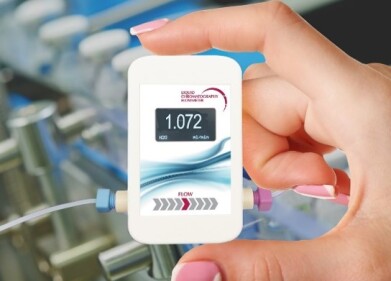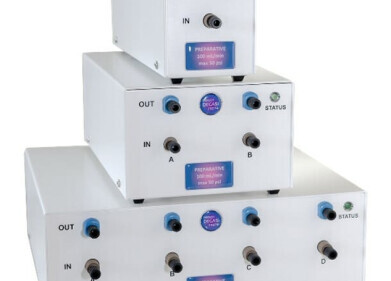Chromatography
What is a Cell Line in Biotechnology?
Dec 16 2022
While biotechnology is a relatively modern term, humans have been practicing it for thousands of years. It describes the science of utilising living organisms and biological systems to create useful products. As the name suggests, biotechnology is essentially technology founded in biology. For example, using yeast to bake bread and brew beer is an ancient example of biotechnology.
Today, biotechnology has evolved to include elements of both natural and engineering sciences. Advanced techniques are used to isolate the unique properties of living organisms, cells and their components. These ‘raw materials’ are then cultivated in labs and used to make a myriad of useful products, from vaccines and cancer therapies to herbicides and biocontrol solutions.
The six main categories of biotechnology are listed below:
- Medical biotechnology
- Agricultural biotechnology
- Industrial biotechnology
- Marine biotechnology
- Food biotechnology
- Environmental biotechnology
The role of cell lines in biotechnology
Cell lines play a critical role in biotechnology. The term describes a set of plant or animal cells grown in a laboratory and sustained in a culture to preserve their unique functions and phenotypes. Lab-grown cell lines are generally clonal, which means all cells in the group stem from a single, shared ancestor. This ancestor cell is usually a primary culture extracted directly from plant or animal material. The clonal nature of cell lines makes it easy to repeatedly propagate cells, often indefinitely.
The Vero cell line
Of all the cell lines used in biotechnology labs, the Vero lineage is one of the most useful. It was derived from the kidney of an African green monkey in the 1960s and is still used extensively for molecular, microbiology, virology and cell biology research.
Vero cells are especially useful for growing viruses, which makes them a staple in vaccine development labs. For example, the CoronaVac COVID-19 vaccine launched by Chinese biopharma company Sinovac Biotech used Vero cells during the research and development process.
The HeLa cell line
The HeLa cell line is another ‘famous’ lineage. It was first discovered in the 1950s by Dr. George Gey, a cancer researcher at Johns Hopkins University in Maryland. Since then, the HeLa lineage has helped drive a constellation of medical breakthroughs, including the development of polio vaccines and treatments for AIDS and leukemia.
A new era of cell line research
In a chapter of the book Progress in Molecular Biology and Translational Science, the authors spotlight the use of cell lines in CRISPR-Cas-based human disease therapy. They introduce advanced techniques used to isolate and extract genome-edited cell lines, as well as methods to characterise phenotypes.
“Cell lines can be good models for the disease they are derived from but can also be used to study general physiological and pathological processes,” reads the chapter. “They can also be used to generate cell models of diseases when primary cultures are not available. Recent genome editing tools have been very promising tools toward creating cell models to mimic diseases in vitro.”
Cell line research is part of a highly specialised field called bioprocessing. Find out more about how it’s used to make everything from poppy-derived painkillers to algae-based biofuels in ‘What is Bioprocessing? Guide to Upstream & Downstream’.
Digital Edition
Lab Asia 31.2 April 2024
April 2024
In This Edition Chromatography Articles - Approaches to troubleshooting an SPE method for the analysis of oligonucleotides (pt i) - High-precision liquid flow processes demand full fluidic c...
View all digital editions
Events
Apr 22 2024 Marrakech, Morroco
Making Pharmaceuticals Exhibition & Conference
Apr 23 2024 Coventry, UK
Apr 23 2024 Kintex, South Korea
Apr 23 2024 Seoul, South Korea
Apr 24 2024 Jakarta, Indonesia








.jpg)









